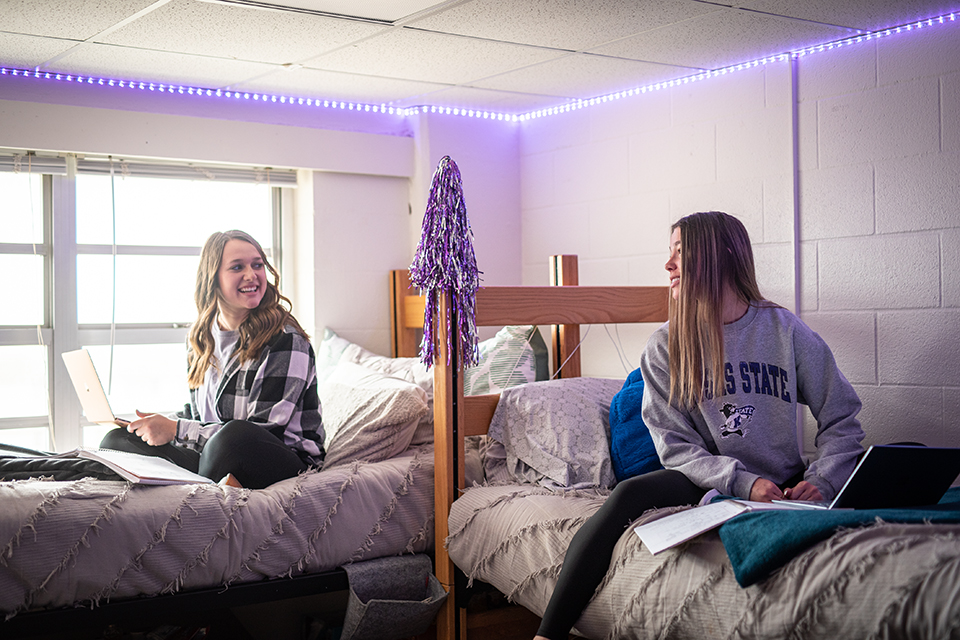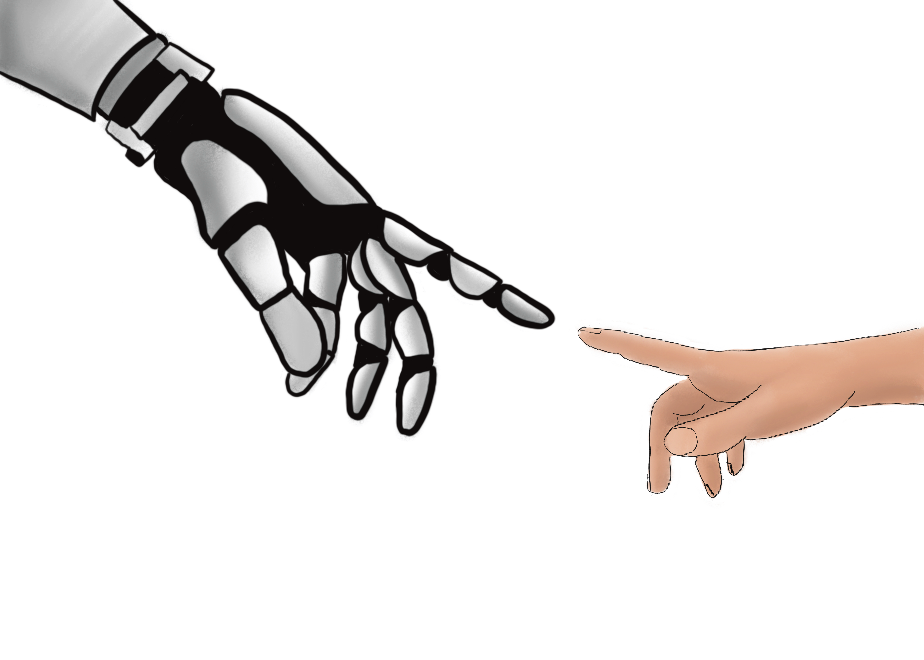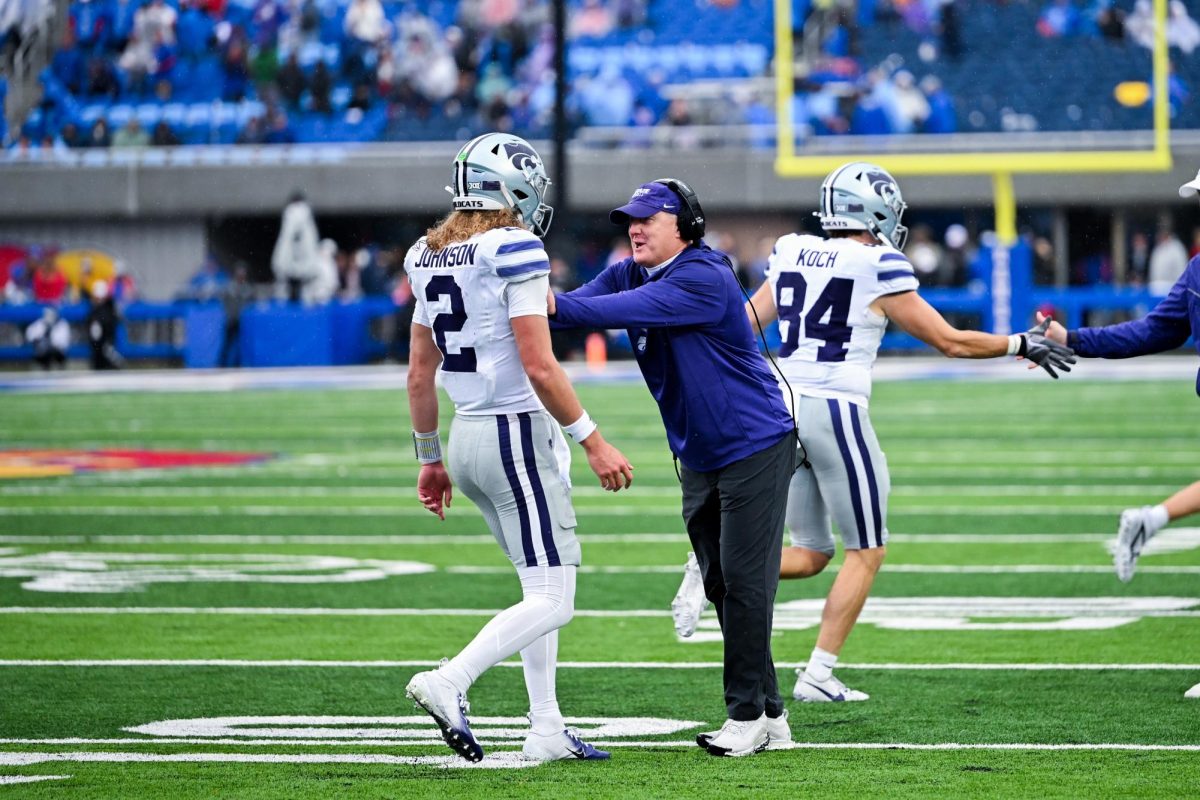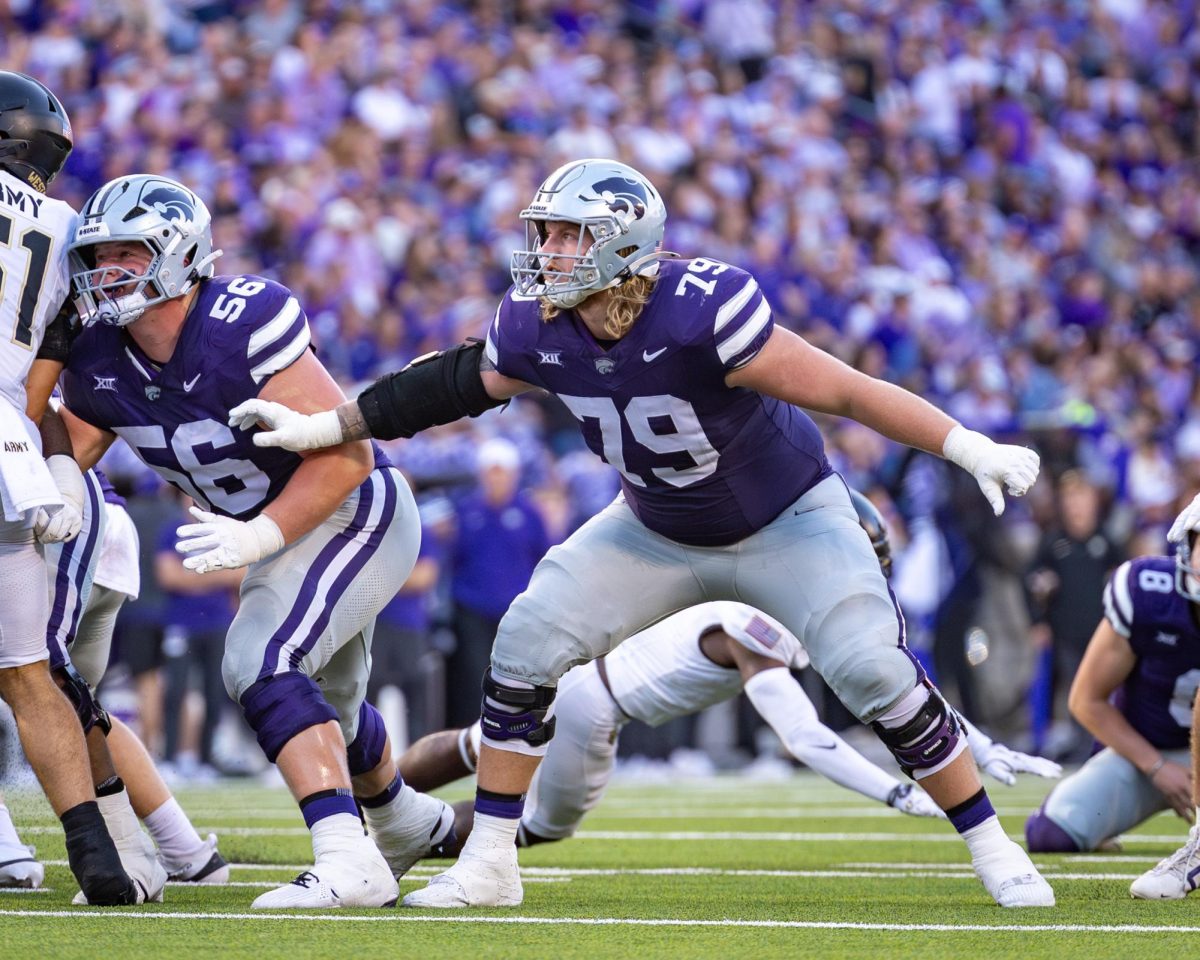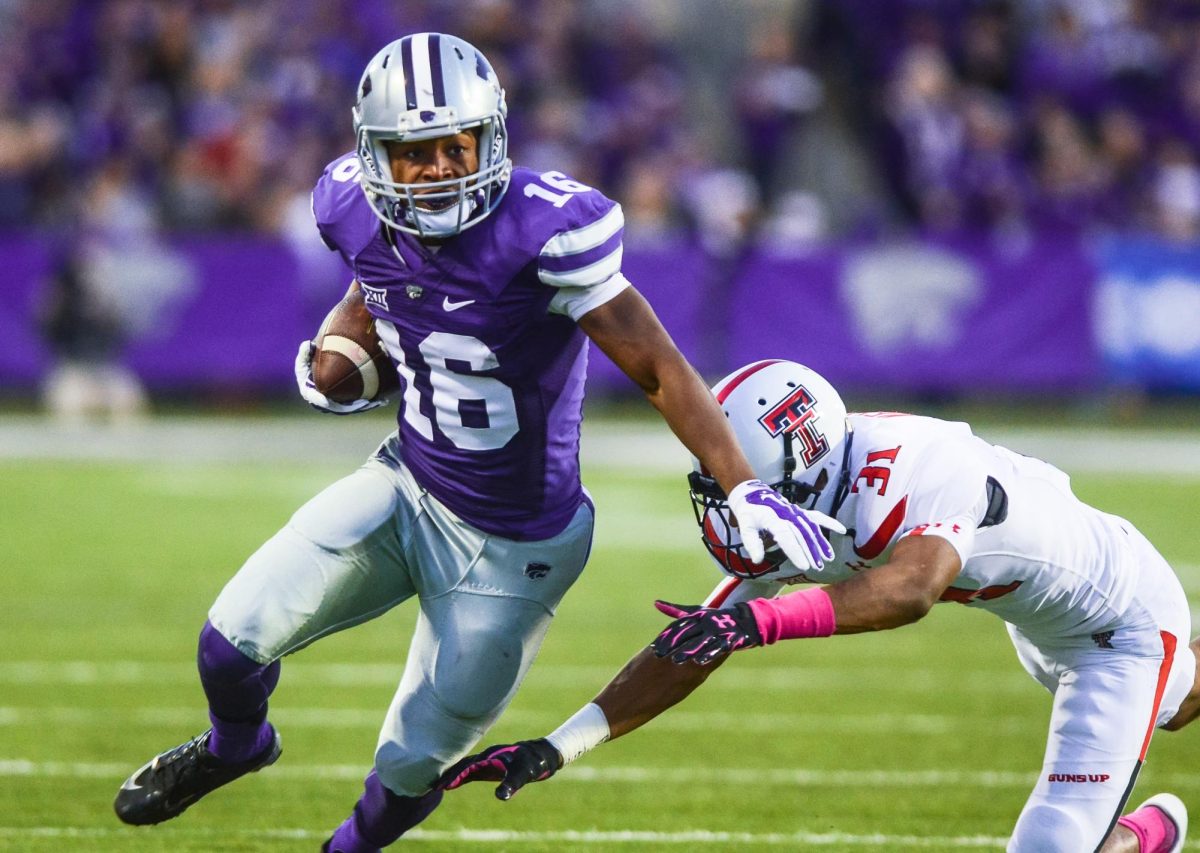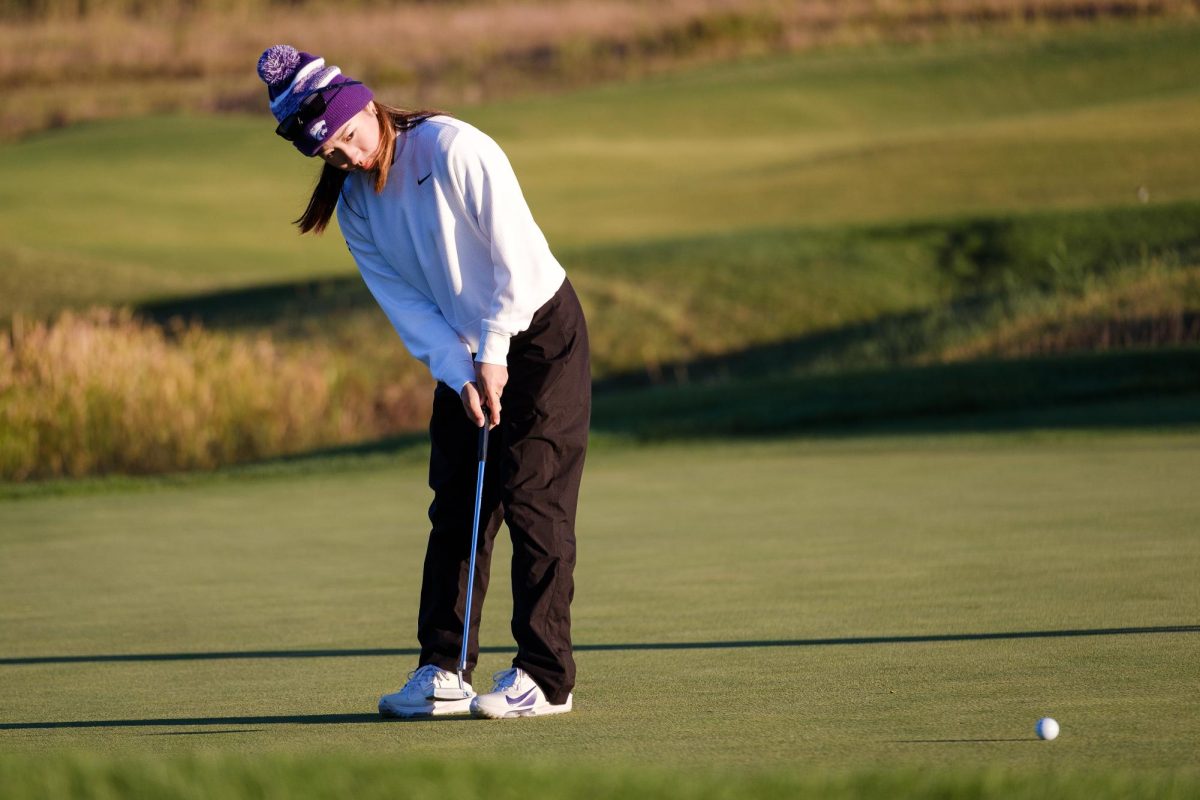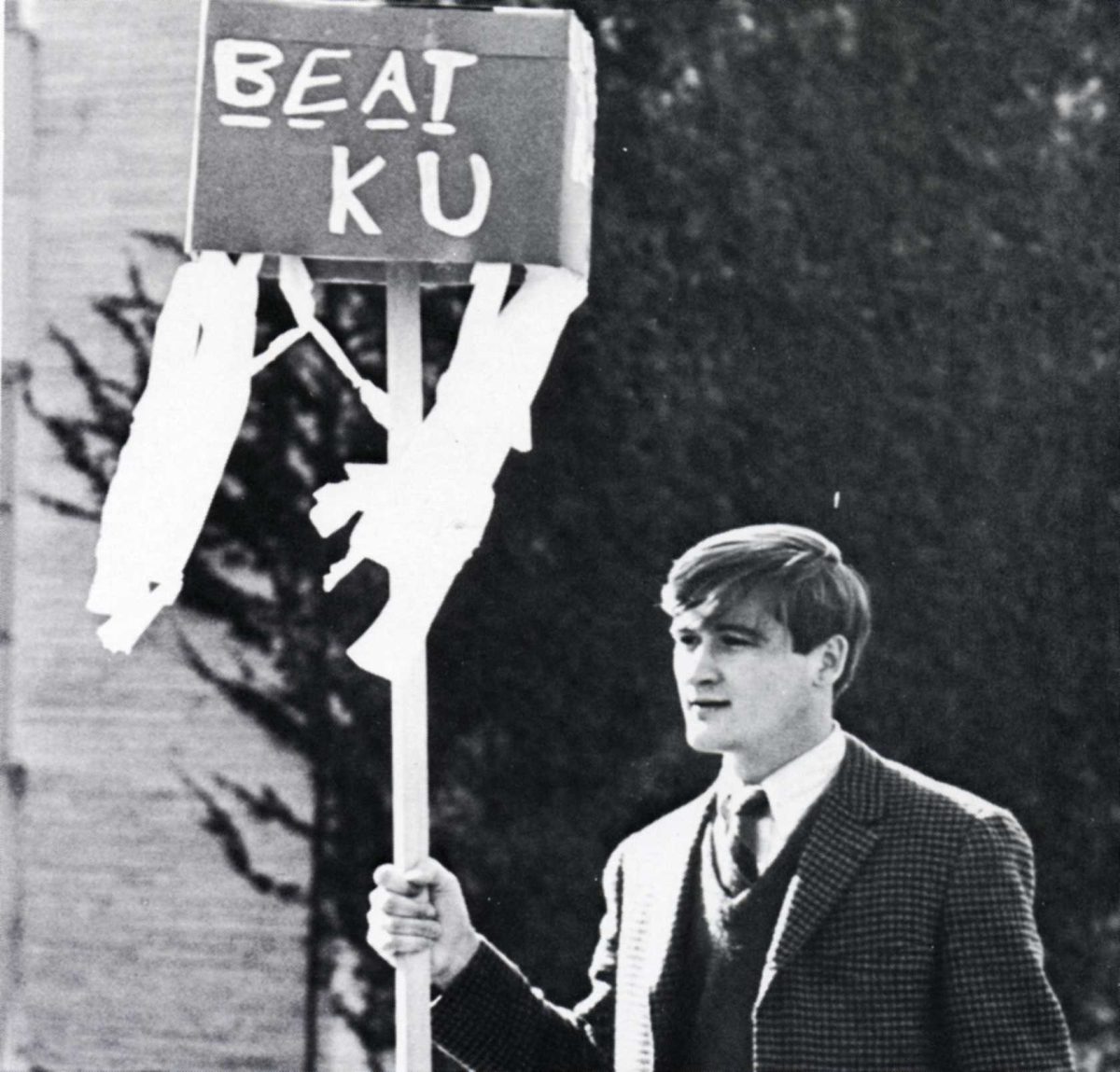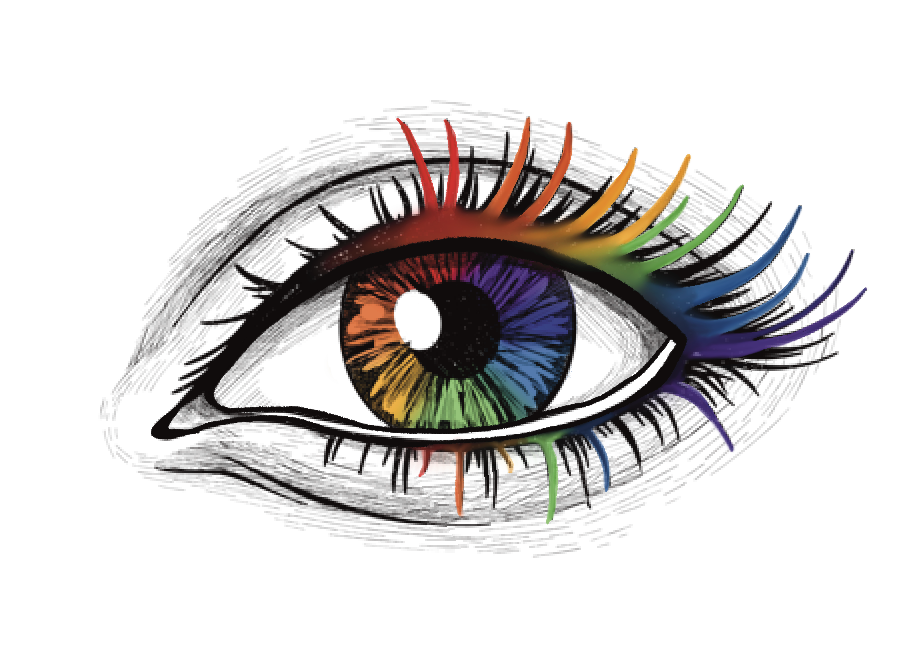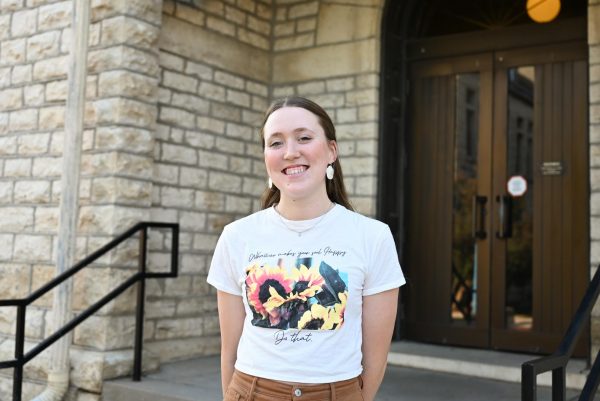The Kansas State Economics Club found the cost of living for students in Manhattan rose by 3.1% and the Consumer Price Index increased by 2.4% this year.
According to the economics club, K-State saw lower inflation rates consistent with patterns presented in the U.S.
The Student Price Index, prices based on a collection of bundle goods a typical K-State student may purchase, is compared to previous years. The club found few items displaying high inflation rates, such as beer increasing by 22.53% and Greek housing increasing 20%, while most “items demonstrated mild inflation, unchanged prices or deflation in the case of gasoline,” according to the economics club.
K-State has the longest-running SPI data set in the U.S. The first set was collected in 2002, and Daniel Kuester, director of undergraduate studies in economics, now leads the program.
“There’s other measures of inflation out there, but we decided as an econ club 22 years ago to look at the Consumer Price Index, mimic it to a large degree and come up with goods that a typical K-State student would buy,” Kuester said. “But we wanted to compare and contrast how heavily affected a Kansas State student is by higher prices relative to the average American. And as you can see this year, it’s kind of within shouting distance, right?”
Since the project began, it’s estimated K-State’s SPI has increased by 150%, while the CPI has increased by 75%.
Chipo Sekabanja, senior in computer science and vice president of the economics club, said students need to consider more than the increased SPI.
“… You need to factor in stuff like the minimum wage, or the salaries people are getting in 2002 are not the same that they’re getting right now,” Sekabanja said. “As bad as 150% sounds, and I do get that [it’s] not desirable … the fact is other things are moving up too … like school is obviously more expensive, and stuff like housing.”
Michelle Olberding, senior in accounting and economics and president of the economics club, said while inflation prices were near the club’s expectations, students still need to be mindful of their spending habits.
“I think we usually look at it just to see how it compares to the Consumer Price Index, just to see how K-State students are experiencing inflation when compared to the nation as a whole because students tend to have less buying power, so they have less money to buy things,” Olberding said. “So when students have a lot of inflation, it affects their buying decisions a lot more than it would the average consumer … this year, we found that everything was pretty much in line with what we were thinking. Because when we look at it, some of the goods that we look at are complementary goods, so we expect for them to rise in price at about the same rate.”
Alex Ast, senior in philosophy, said K-State should “distribute the wealth more” by allocating more funding to students.
“It doesn’t surprise me that everything’s going up, but wages aren’t going up at all, too, and students definitely don’t have the money to cover all these extra costs and expenses, and it only hurts them at the end of the day,” Ast said. “I mean, tuition costs are going up every year. Inflation in general, groceries are more expensive as well, just ever since COVID. It seems like we’ve never really gone back to a steady baseline.”


